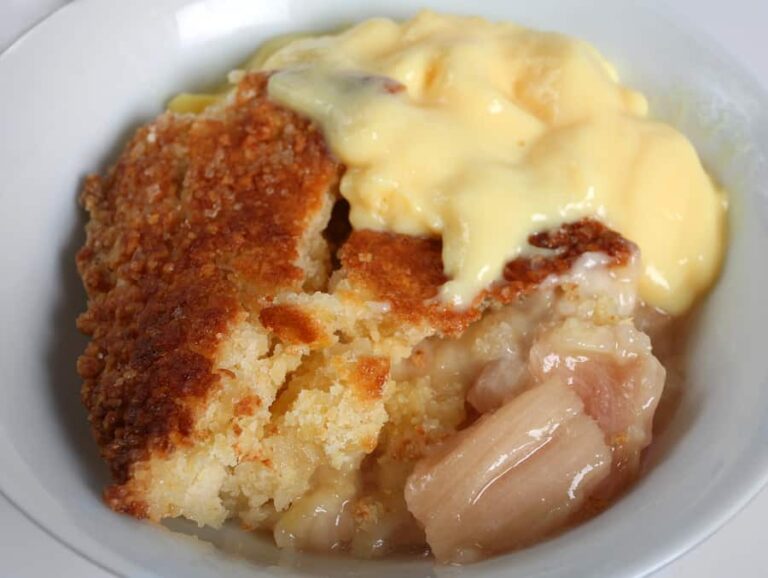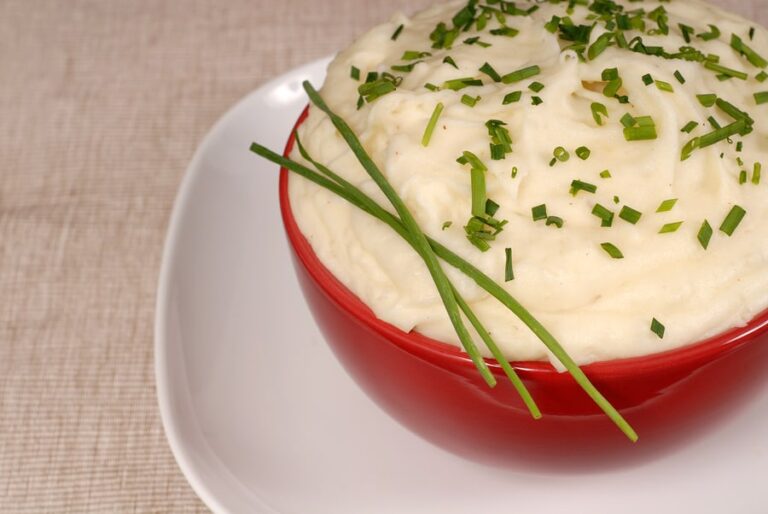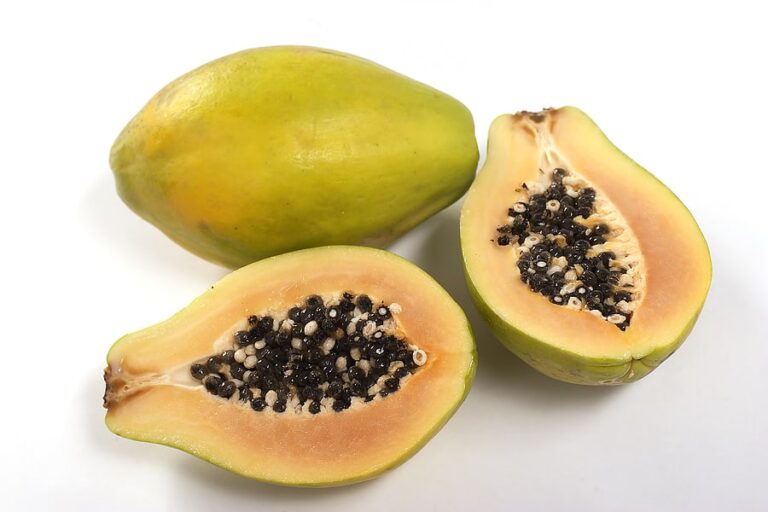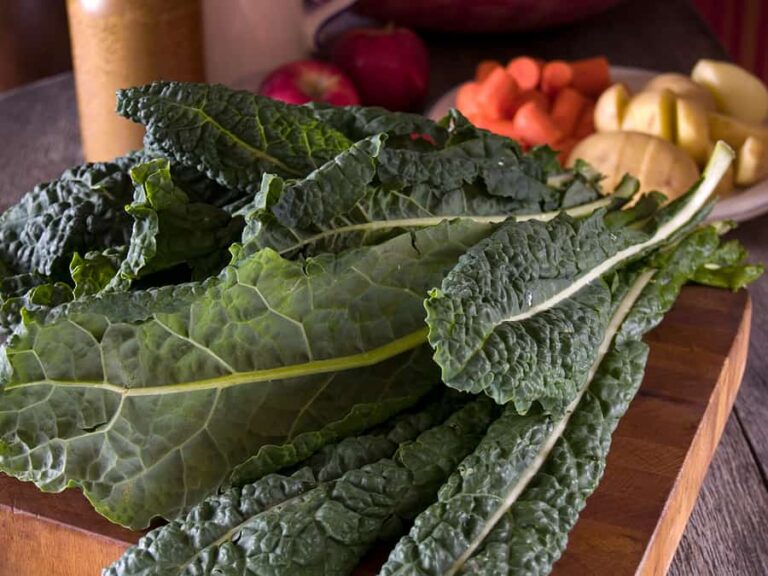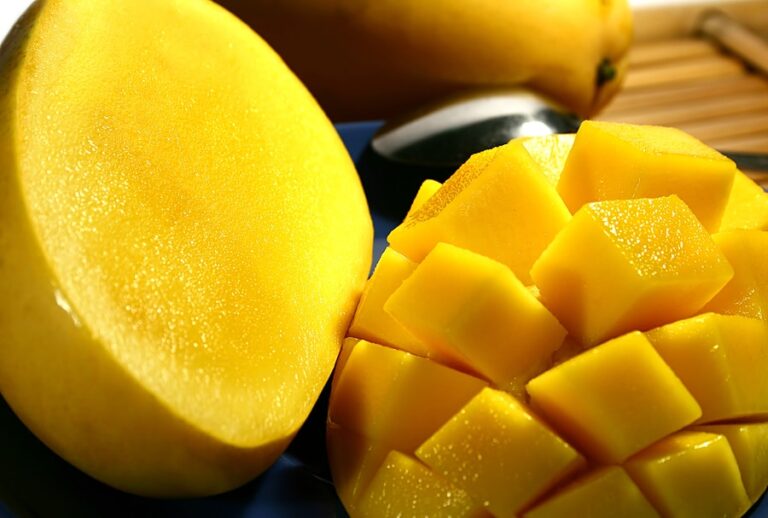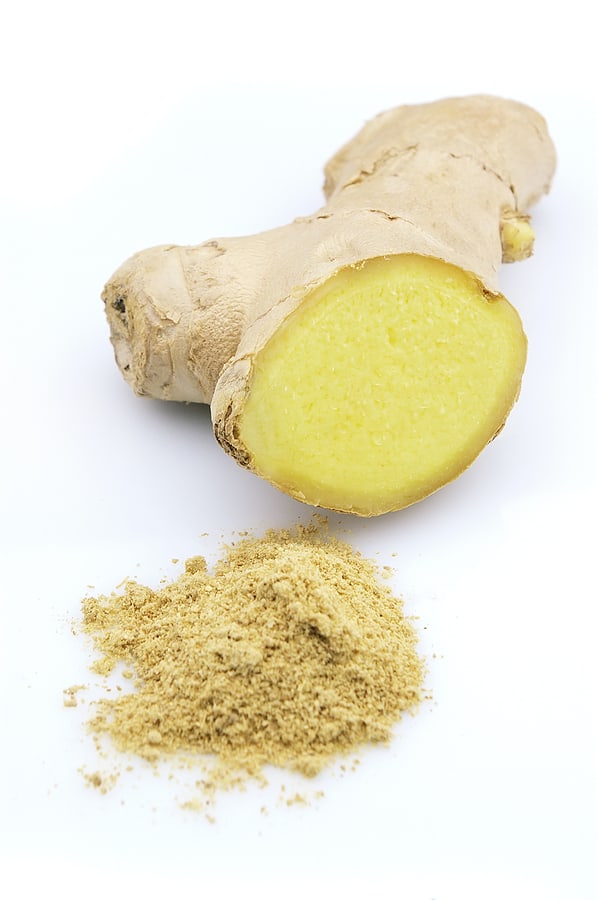Ways to Cook and Serve Quince
Cooked quince has a sweet, delicate musky aroma with a flavor somewhere between an apple and a pear.
Quince is often used in jams, jellies, and preserves. You can also use quince in cobblers or tarts or add it cubed to beef stew or roast poultry.
The quince is not good to eat raw. Give it a try, you will find it very dry and astringent.

Serving quince
Most quince recipes call for prepared quince pulp or juice. That means you will peel, core, and chunk the quince then boil and simmer it for 45 to 60 minutes before straining the pulp for juice and reserving the pulp.
If you want to try the quince alone, you can quarter, core, and pare it, sprinkle it with sugar (2 tablespoons for each quince), add ½ inch of water to a baking dish and bake for 2 hours at 300ºF until tender and deep red. Serve this dish cold.
The quince was once as popular as the apple or pear, but that was when people made their own preserves, and time in the kitchen was not the expensive commodity it is today.
- Use quince to make jam, jelly, marmalade, compote, syrup, and wine.
- Add quince to apple pies to add a spicy flavor.
- Add quince to cobblers, crisps, or tarts.
- Serve quince with pork, mutton, and poultry.
- Add quince to meat stew or roast with poultry.
- Stuff quince halves with spiced ground meat mix.
- Quince cooked with sugar and cooled will form a firm gel called quince cheese or quince paste that can be sliced.
Cooking quince
Quince must be cooked before eating. Quince can be baked, poached, roasted, sautéed, or stewed. After coring and peeling, cook quince as you would an apple. Cooked quince has a sweet, delicate, slightly musky flavor. Quince flesh turns salmon-colored after cooking.
Quince described
The quince is asymmetrically round and about the size of a squat short-necked pear with bright yellow skin that can be bumpy and lumpy and look a bit beat up. Sometimes quince skin is covered with light fuzz. Its yellowish-white flesh is hard, dry, and tart. The flesh turns light pink to rose red when cooked. The average quince will weigh ½ to 1 pound (.25-.5 kg).
The quince tree can grow up to 20 feet tall. It is a deciduous tree with dark green leaves that have whitish undersides. The tree has a gnarled branching pattern. The tree blooms early in spring and the fruit is ready for harvest in the fall.
Quince harvest season
The peak harvest season for quinces is from late summer to early winter.
How to choose quince
Select large, firm, pale yellow quinces free of blemishes. As the quince ripens it turns from green to yellow. Avoid quinces that are soft, shriveled, or bruised.
Amount. One pound of quinces (about 3 large quinces) will yield about 1½ cups pulp and 2 cups juice.
How to store quince
Quince will keep it for several weeks if refrigerated. If stored at room temperature, the quince will deteriorate after 1 week. Wrap quinces in paper towels to avoid bruising.
The quince, like the pear, does not ripen well on the tree. To ripen a quince, place it in a cool, dry place out of direct sunlight for a few days and turn it occasionally.
A whole quince will not freeze well. Puréed quince will freeze with or without sugar.
How to prepare quince
Before using, rinse quince lightly to remove the felt-like fuzz. Peel the quince with a vegetable peeler or knife before using it in jams, preserves, desserts, or savory dishes. Scoop out the seed cavity using a melon baller.
Quince flavor partners
Quince has a flavor affinity for apples, bay leaf, black pepper, cardamom, cinnamon, cloves, ginger, honey, nutmeg, raspberries, and vanilla.
Quince nutrition
The quince is a good source of potassium, vitamin C, and copper.
About quince
The quince is one of the world’s oldest fruits and is native to modern-day Iran. Some say the quince was Eve’s forbidden fruit in the Garden of Eden.
Quince is used for baking and making preserves because of its high pectin level. Pectin is a mucilaginous substance that acts as a thickening agent. The word marmalade comes from the Portuguese word marmelad which means “quince jam”.
The botanical name of quince is Cydonia oblonga.
Also of interest:
How to Plant, Grow, Prune, and Harvest Quince
Related articles:
Planning the Home Fruit Garden
Garden Planning Books at Amazon:
- Vegetable Garden Almanac & Planner
- Kitchen Garden Grower’s Guide Vegetable Encyclopedia
- Vegetable Garden Grower’s Guide
- Tomato Grower’s Answer Book
More kitchen tips:
Bring your harvest to the table. Kitchen prep tips and easy recipes for the vegetables you grow. Click below for vegetable prep and recipes you can use now.
- Almonds
- Apples
- Apricot
- Aprium
- Artichoke
- Arugula
- Asparagus
- Avocado
- Bamboo Shoots
- Banana
- Basil
- Beans, Dried
- Beans. Long
- Beans, Shell
- Beans, Snap
- Beets
- Bitter Melon
- Blackberry
- Bok Choy
- Broccoli
- Broccoli Raab
- Brussels Sprouts
- Cabbage
- Cardoon
- Carrots
- Cauliflower
- Celeriac
- Celery
- Chard
- Chayote Squash
- Cherimoya
- Cherries
- Chestnut
- Chickpea
- Chinese Cabbage
- Chives
- Cilantro
- Citron
- Clementine
- Collards
- Coriander
- Corn, Sweet
- Corn, Baby
- Corn Salad, Mache
- Cranberry
- Cress
- Cucumber
- Daikon
- Dandelion
- Dill
- Eggplant
- Endive, Belgian
- Endive and Escarole
- Fava Beans
- Fig
- Florence Fennel
- Garlic
- Ginger
- Grapefruit
- Grapes
- Guava
- Horseradish
- Jerusalem Artichoke
- Jicama
- Jujube
- Kale
- Kiwifruit
- Kohlrabi
- Kumquat
- Leeks
- Lemongrass
- Lemons
- Lettuce
- Lime
- Mache (Corn Salad)
- Mandarin Orange
- Mango
- Maple Syrup
- Marjoram
- Melons
- Michihili
- Mint
- Mizuna
- Mushrooms
- Mushrooms, Cremini
- Mustard Greens
- Napa Cabbage
- Nectarine
- Okra
- Olives
- Olive oil
- Onions
- Oranges
- Oregano
- Parsley
- Parsley Root
- Parsnips
- Passion Fruit
- Pawpaw
- Peaches
- Pears
- Peas, Garden Snap
- Peas, Snow
- Pei Tsai
- Peppers, Chili
- Peppers, Sweet
- Persimmon
- Pineapple
- Pineapple Guava
- Plantain
- Plums
- Pluots
- Pomegranate
- Potatoes
- Prickly Pear
- Pumpkin
- Quince
- Radicchio
- Radishes
- Raspberries
- Rosemary
- Rhubarb
- Rutabaga
- Sage
- Salsify
- Sauerkraut
- Savory
- Shallots
- Sorrel
- Spinach
- Squash, Summer
- Squash, Winter
- Strawberries
- Sunchokes
- Sunflower
- Sweet Potato
- Swiss Chard
- Tangerine
- Taro
- Tarragon
- Thyme
- Tomatillo
- Tomato
- Turnip
- Turnip Greens
- Yams


